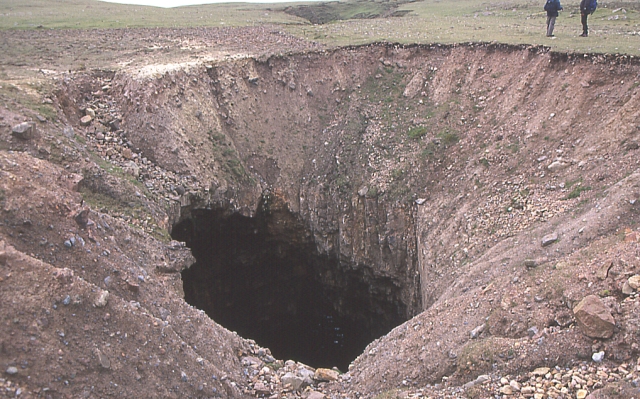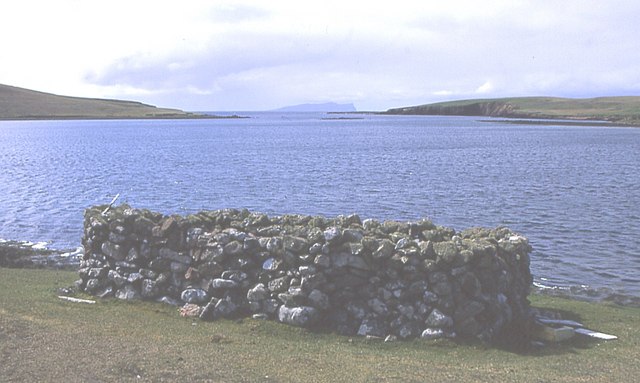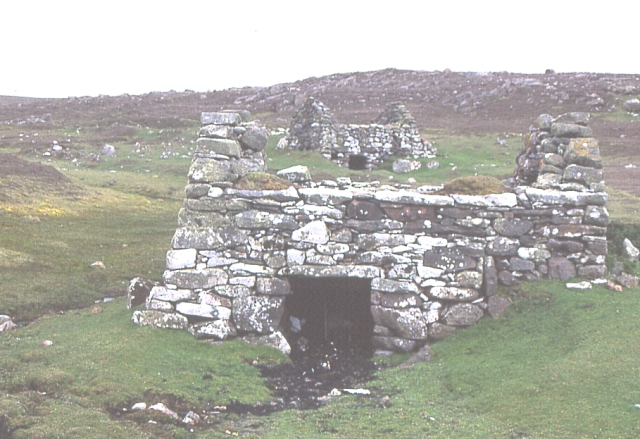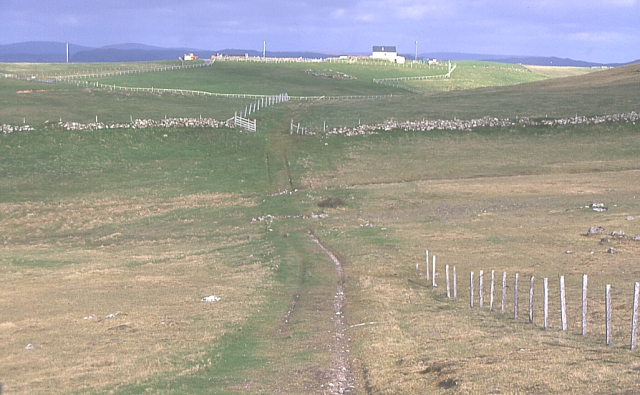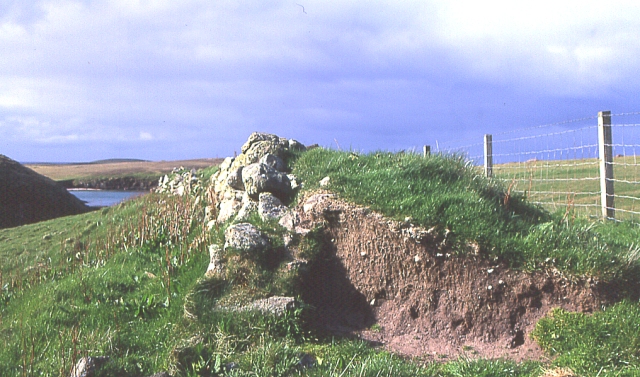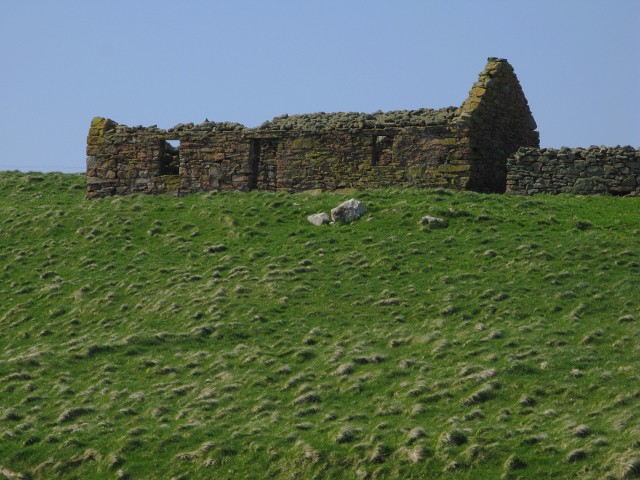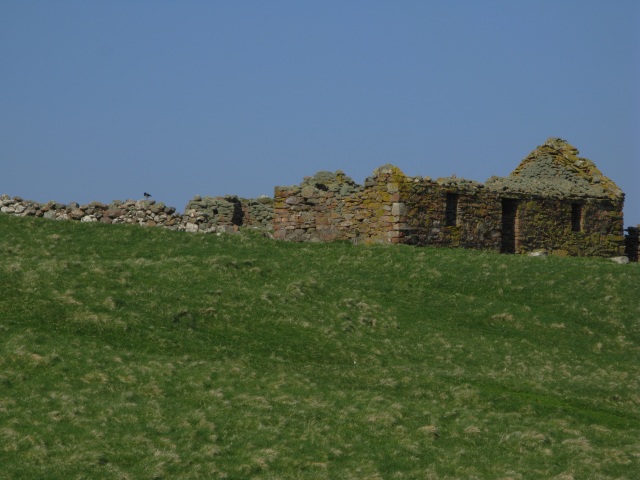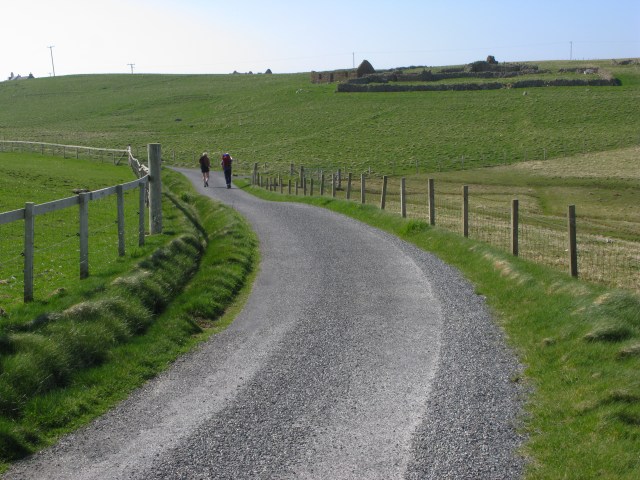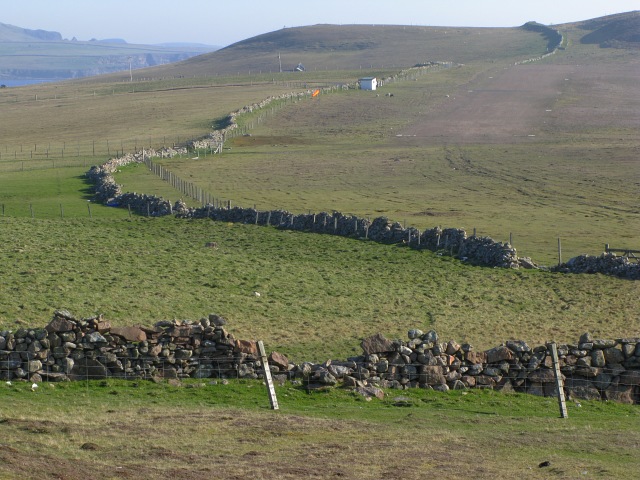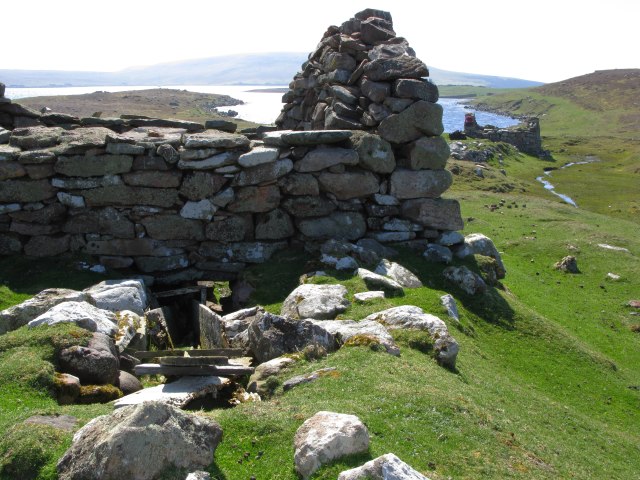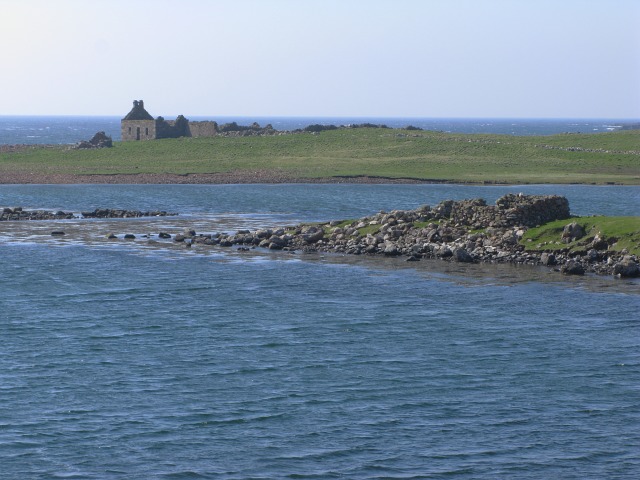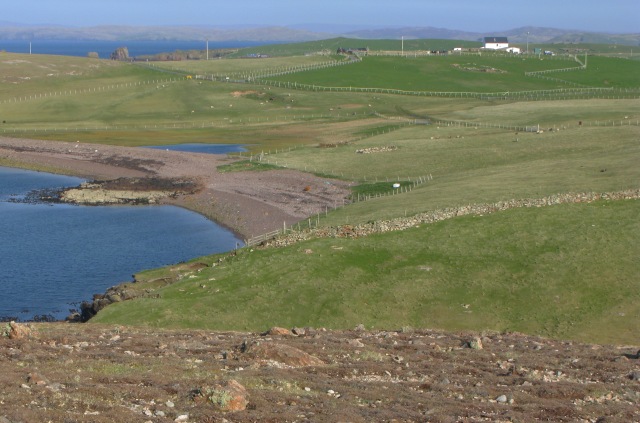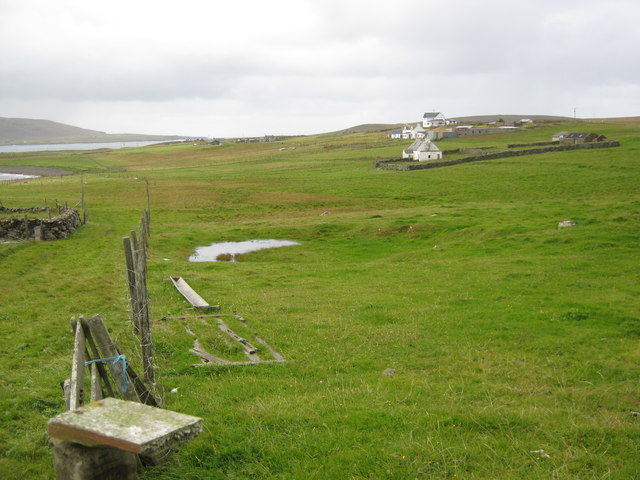Shepherd's Stack
Island in Shetland
Scotland
Shepherd's Stack
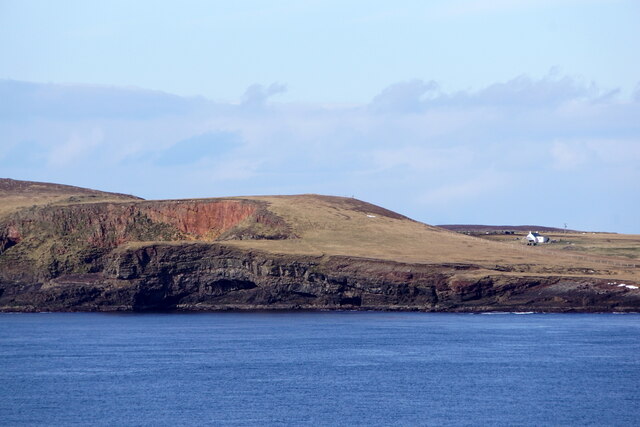
Shepherd's Stack, located in the Shetland Islands, is a prominent sea stack rising from the tumultuous Atlantic Ocean. The Shetland Islands are an archipelago located off the northern coast of mainland Scotland. Shepherd's Stack is situated on the eastern coast of the main island, known as Mainland, specifically in the area of Eshaness.
This geological formation is an awe-inspiring sight, standing tall at approximately 30 meters (98 feet) in height. Composed of rugged, weather-beaten basalt, Shepherd's Stack has been shaped by millions of years of erosion from the relentless waves crashing against its imposing structure. The sea stack is known for its distinct columnar jointing, a geological phenomenon where rock formations fracture into polygonal columns due to the cooling and contracting of lava flows.
Surrounded by dramatic cliffs and steep coastal landscapes, Shepherd's Stack is a popular attraction for nature enthusiasts and photographers alike. Its isolated location and breathtaking views make it a perfect spot for capturing the raw beauty of the Shetland Islands. Visitors can witness the sheer power of the Atlantic Ocean as waves relentlessly pound against the stack, creating a mesmerizing display of spray and foam.
Access to Shepherd's Stack is possible via a coastal footpath that winds its way through the stunning Eshaness cliffs. This path offers visitors the opportunity to explore other geological marvels in the area, such as the Dore Holm sea arch and the Grind o' da Navir sea cave. Shepherd's Stack, with its extraordinary formation and rugged surroundings, truly epitomizes the wild and untamed beauty of the Shetland Islands.
If you have any feedback on the listing, please let us know in the comments section below.
Shepherd's Stack Images
Images are sourced within 2km of 60.316391/-1.704526 or Grid Reference HU1659. Thanks to Geograph Open Source API. All images are credited.
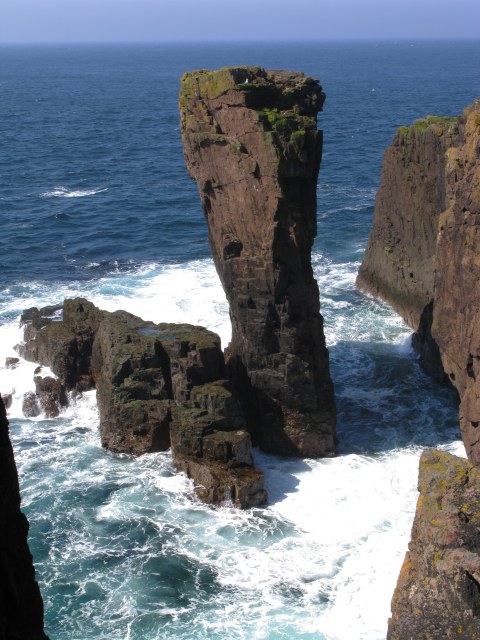
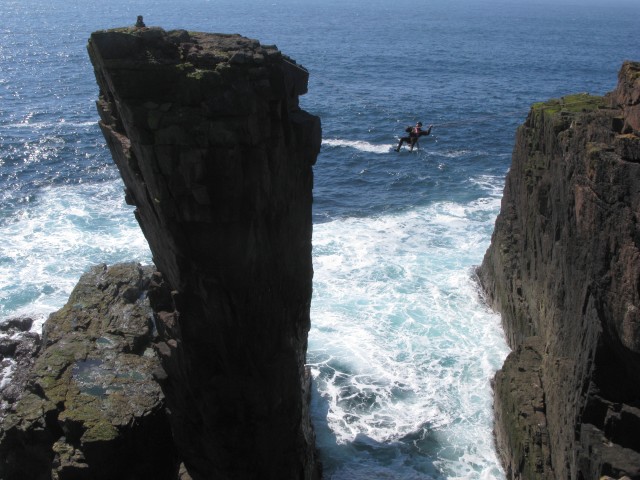
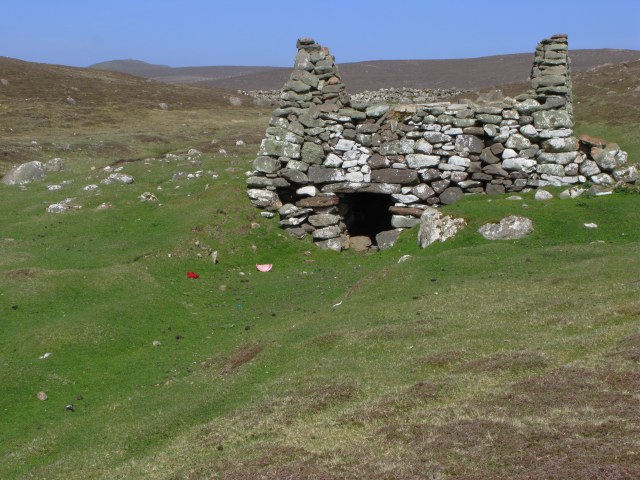

Shepherd's Stack is located at Grid Ref: HU1659 (Lat: 60.316391, Lng: -1.704526)
Unitary Authority: Shetland Islands
Police Authority: Highlands and Islands
What 3 Words
///record.represent.fellow. Near Walls, Shetland Islands
Nearby Locations
Related Wikis
Papa Stour Airstrip
Papa Stour Airstrip is a small airstrip in the village of Biggings on the island of Papa Stour. Shetland, Scotland. == History == Papa Stour Airstrip opened...
Biggings
Biggings is a village on the island of Papa Stour, in Shetland, Scotland. Papa Stour's church is situated at the south of Biggings. A homestead of Duke...
Papa Stour
Papa Stour (Scots: Papa Stour) is one of the Shetland Islands in Scotland, with a population of under fifteen people, some of whom immigrated after an...
Forewick Holm
Forewick Holm is a 1-hectare (2.5-acre) island in the Sound of Papa in the Shetland islands, Scotland. Located between Papa Stour and the Sandness peninsula...
Have you been to Shepherd's Stack?
Leave your review of Shepherd's Stack below (or comments, questions and feedback).
